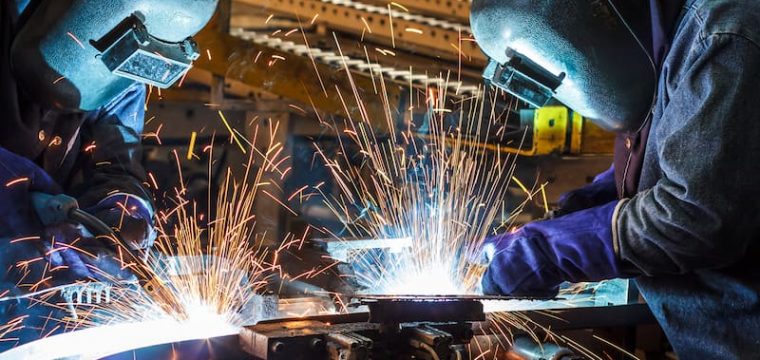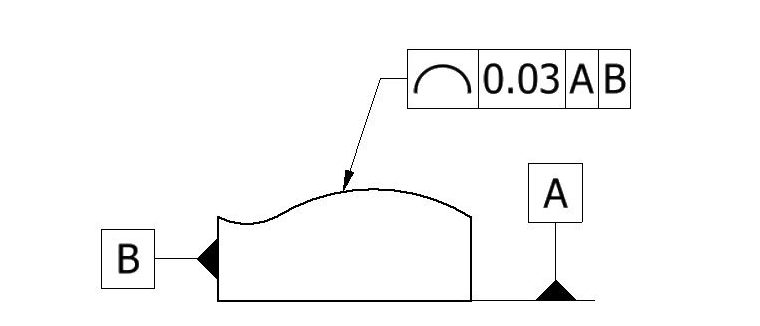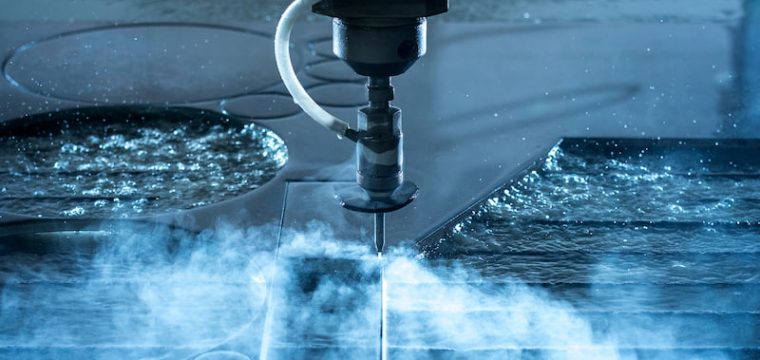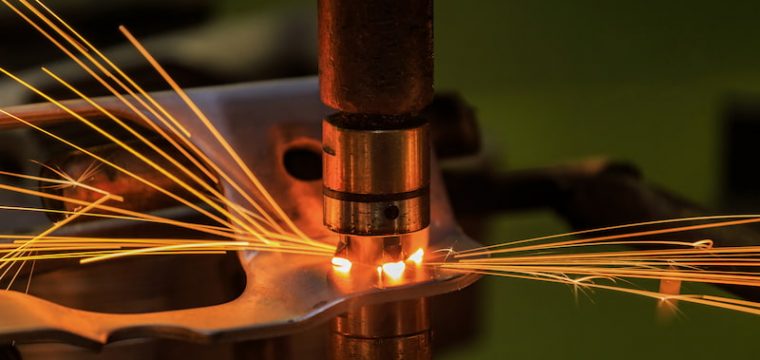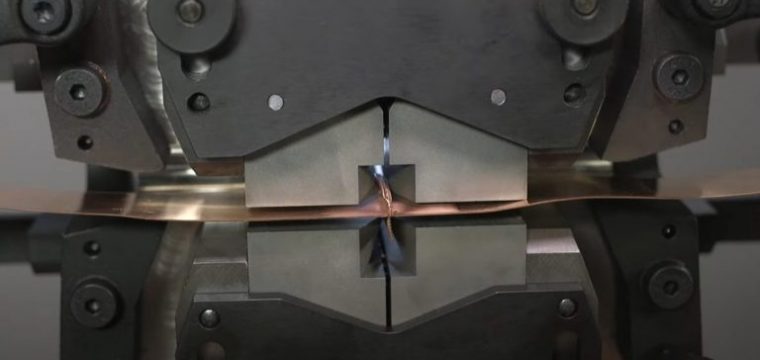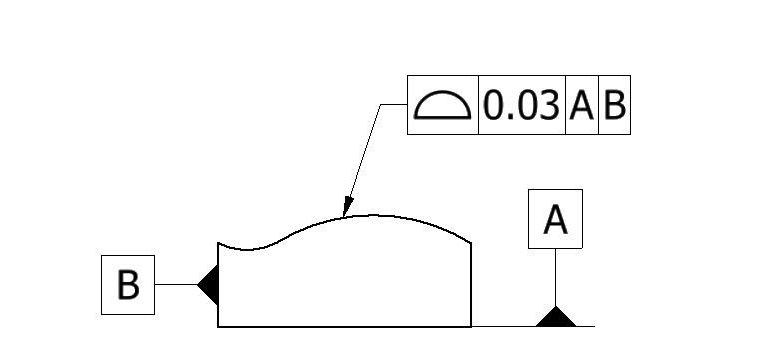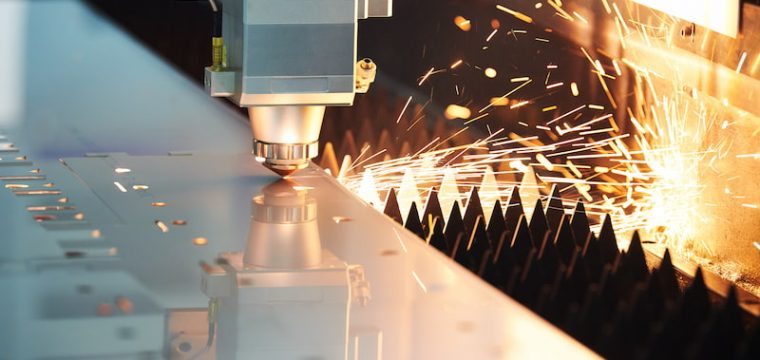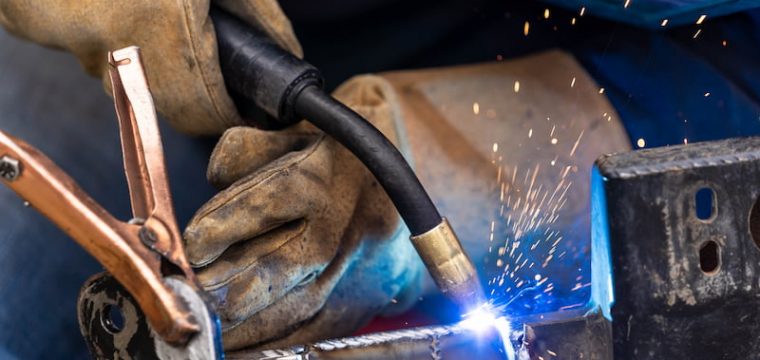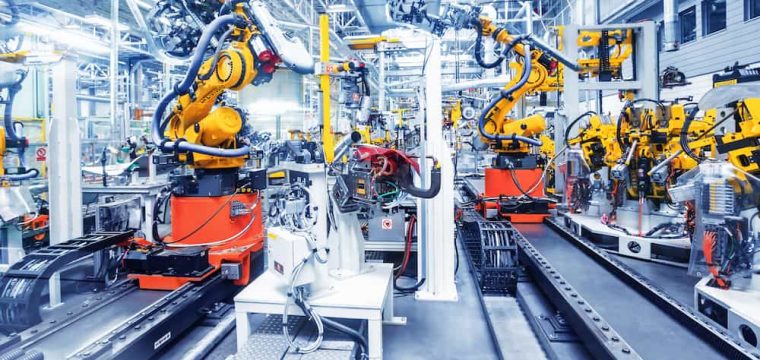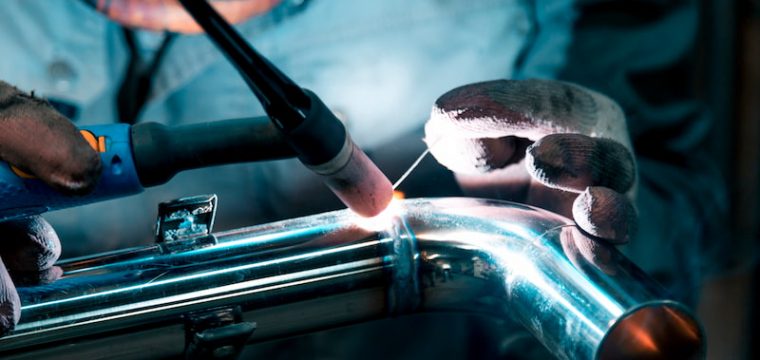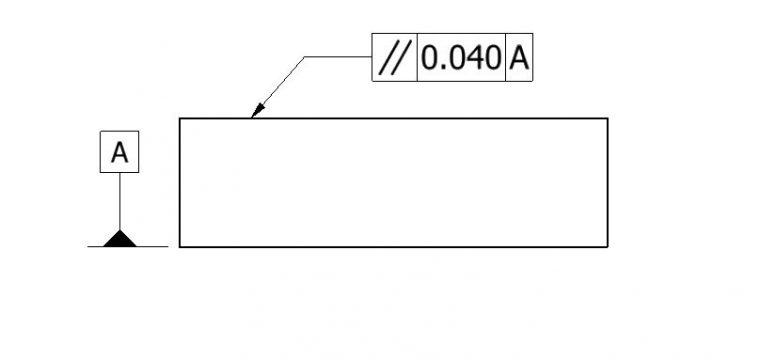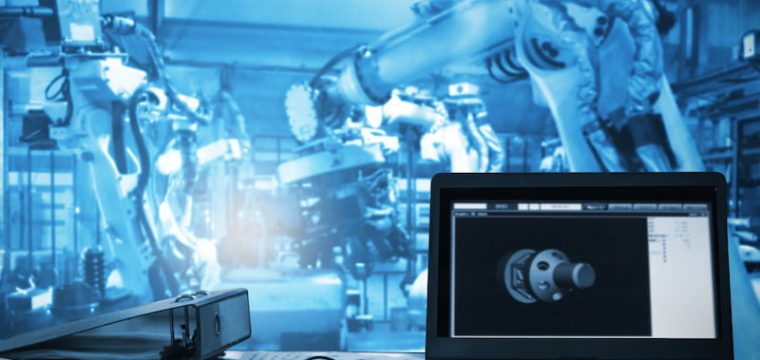Engineering Blog
Categories
- Tolerances
- CAD-CAM
- Machine Components
- Product Updates
- Project Management
- Learn from Engineers
- Fabrication Methods
- Engineering Materials
- Product design
- Company News
- Welding
- Procurement
- Casting
- Supply Chain
Posts
-

MIG vs TIG Welding – Main Differences Explained
30. June 2022MIG and TIG welding both use an electric arc and shielding gas to join different metals. While they are quite similar on the surface, each has its own distinctive features. […]
-

Profile of a Line (GD&T) Explained
21. June 2022GD&T lists fourteen different geometrical tolerances according to ASME Y14.5-2009. These tolerances allow us to control and define part features in different ways. For ease of understanding, these fourteen tolerances […]
-

Waterjet Cutting – Process, Benefits and Materials Explained
14. June 2022Waterjet cutting is a mechanical process where the material is removed by physical contact and material wear. The main difference with other cutting processes is the fact that it’s a […]
-

Spot Welding Explained
23. May 2022Spot welding is a resistance welding process that joins metals together by applying pressure while supplying electric current to the weld area. It was first introduced in 1885 when Elihu […]
-

Cold Welding Explained
17. May 2022Cold welding is a solid-state welding process that requires little or no heat to join two or more metal surfaces together. The first scientific evidence of cold welding was recorded […]
-

Profile of a Surface (GD&T) Explained
10. May 2022GD&T consists of 14 geometrical tolerances that can be applied to any part feature to control them. These tolerances are described in detail in ASME Y14.5-2009. Many of these 14 […]
-

Fibre Lasers – Working Principles, Applications & More
27. April 2022Lasers have been around for a long time but their use in commercial applications is quite recent. It took engineers a while to strengthen laser capabilities to a point where […]
-

MIG Welding Explained
19. April 2022MIG welding is an arc welding process that joins two metals together using a consumable wire electrode. As the wire strikes the welding arc, the welding area is protected by […]
-

Design for Manufacturing and Assembly (DFMA)
11. April 2022In the past few decades, research into design thinking has engendered a new wave of methodologies in product design and manufacturing processes. These methodologies have saved billions in product development […]
-

TIG Welding Explained
05. April 2022TIG welding is a stable arc welding process that uses a non-consumable tungsten electrode and an inert gas in the welding arc to create high-quality welds. It became a groundbreaking […]
-

Parallelism (GD&T) Explained
25. March 2022ASME Y14.5-2009 divides tolerances in GD&T into 14 different types. Each tolerance controls the characteristics of features to guarantee near-perfect fabrication and assembly of machine components. These 14 tolerances are […]
-

Design for Sustainability
09. March 2022Design for Sustainability is an offset of the Design for X (Design for Excellence) philosophy. DFX encompasses a wide range of methodologies to improve product design and manufacturing processes. The […]


